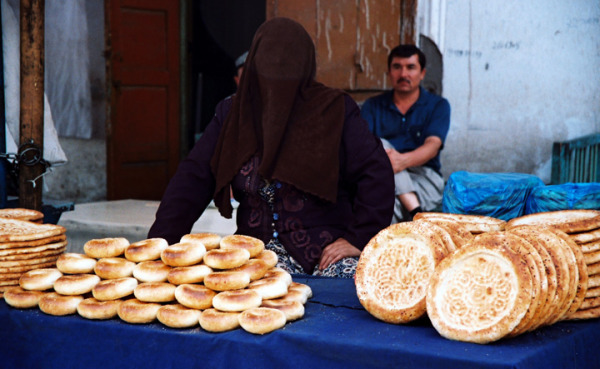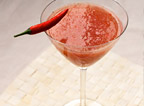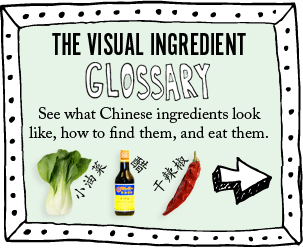xinjiang is pronounced "sheen-jong"

There are so many accounts floating around about the violence that is going on in Xinjiang, China (156 people are dead, 800 injured from rioting in the northwest Chinese region), that it's hard to know what to think. I found where an Al Jazeera news reporter, Melissa K Chan, is reporting directly from Xinjiang's capital, Urumqi, on her twitter page. Check it out for timely updates. I'm not sure how she's doing it because twitter is blocked in China. China has a media blackout surrounding the riots in Urumqi. This reminds me of the chaos in Tibet during March 2008. Tibet is another Autonomous Region in China with a lot of unrest associated with the Chinese government controls on culture and religion.
During my last visit to Xinjiang, I noticed the cultural differences between the Han Chinese and Uighur (pronounced wee-gur) people firsthand. The Uighur are ethnically Turkic and largely Muslim. Some people have blue eyes and even light colored hair. Locals thought I was Uighur and more times than not would start talking to me in their native Turkic language. I saw many Muslim Uighur women wearing headscarves and facemasks even though it was 90 degrees outside. Han Chinese women were wearing clothes like what I wear in New York in the summer – shorts, tanks, skirts above the knee. I saw more extremely “devout” women (completely covered except for their hands) in the smaller cities throughout Xinjiang than I did in Urumqi, a city of 3 million. One man in Kashgar, a far western city in Xinjiang near the border of Pakistan where protests have been rumored to have started also this week, told me that I was still “too modern,” even though I had put on an ankle-length skirt and headscarf.
Uighur food is heavy on breads, lamb, and dried fruits and nuts. Uighur street vendors sell stewed lamb heads (not my favorite dish) and baked breads (two things you don’t see in the rest of China).
I love Uighur bread. The dough is kneaded and flattened into large disks and then it's decorated with a lace-like pattern using a tool made out of the hard, hollow ends of bird feathers. Then the bread maker uses his hands to reach down into an earthen oven and stick the dough to the sides where years of crusty salt layers have accumulated. When the bread is baked, it comes loose from the sides of the oven and is pulled out with a hook. Uighur bread is eaten by itself or served with noodles or with lamb head stew (again, not my fave). It's also made into something like a pizza with lamb and vegetable toppings.
The Shanghaiist has a good report about what's happened so far in Xinjiang.
-Mary Kate
 around china,
around china,  culture
culture 








Reader Comments (2)